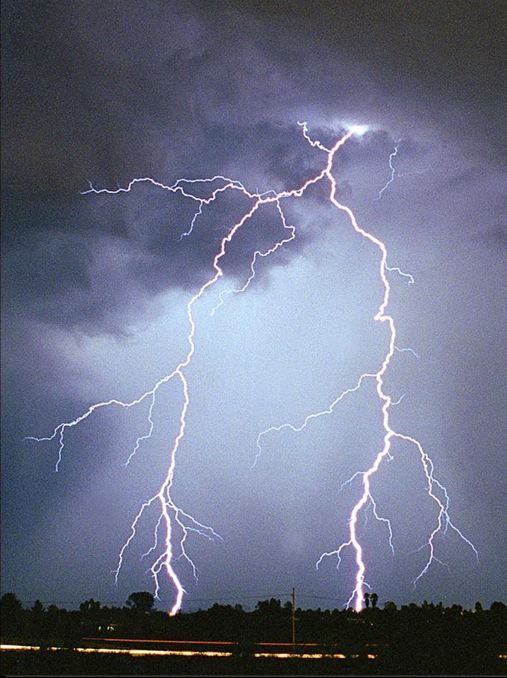Weather Official: 'Alarming Increase' in Lightning Deaths

Lightning killed at least 14 people in the United States during the second half of July, a pace twice as deadly as in a typical year for the same two weeks.
"In the past two weeks, we've seen an alarming increase in the number of lightning deaths in this country," said John Jensenius, a lightning safety expert with the NOAA National Weather Service. "People are ignoring the common warning signs of thunderstorms or failing to get to a safe place when thunderstorms threaten."
So far this year, lightning has claimed 27 lives in 19 states. Three other deaths in the last two weeks might have been lightning-related but are not in the officials statistics.
Among the lightning deaths this year:
- Four involved teens playing soccer in three separate incidents.
- Three were golf-related.
- Two people were riding lawn mowers.
"Unfortunately, the same fatal mistakes that have been made for centuries are being repeated today," Jensenius said today. "With lightning, there is no safe place outside when a thunderstorm is nearby. If you can hear thunder, you're likely within striking distance of the storm and need to get to a safe place immediately."
In an average year, 66 Americans are killed by lightning and hundreds are injured.
NOAA's advice: Seek safety in a substantial building. If unable to do so, a hard-topped metal vehicle is a good second choice. Once inside, avoid contact with any electrical equipment or plumbing, stay off corded phones, and stay away from windows and doors. Remain inside for 30 minutes after the thunderstorm has passed.
Sign up for the Live Science daily newsletter now
Get the world’s most fascinating discoveries delivered straight to your inbox.
- Gallery: Electric Earth
- Don't Become a Lightning Rod
- Nature's Wrath: The Most Dangerous U.S. Cities
- Where Lightning Strikes
- Lightning Science












